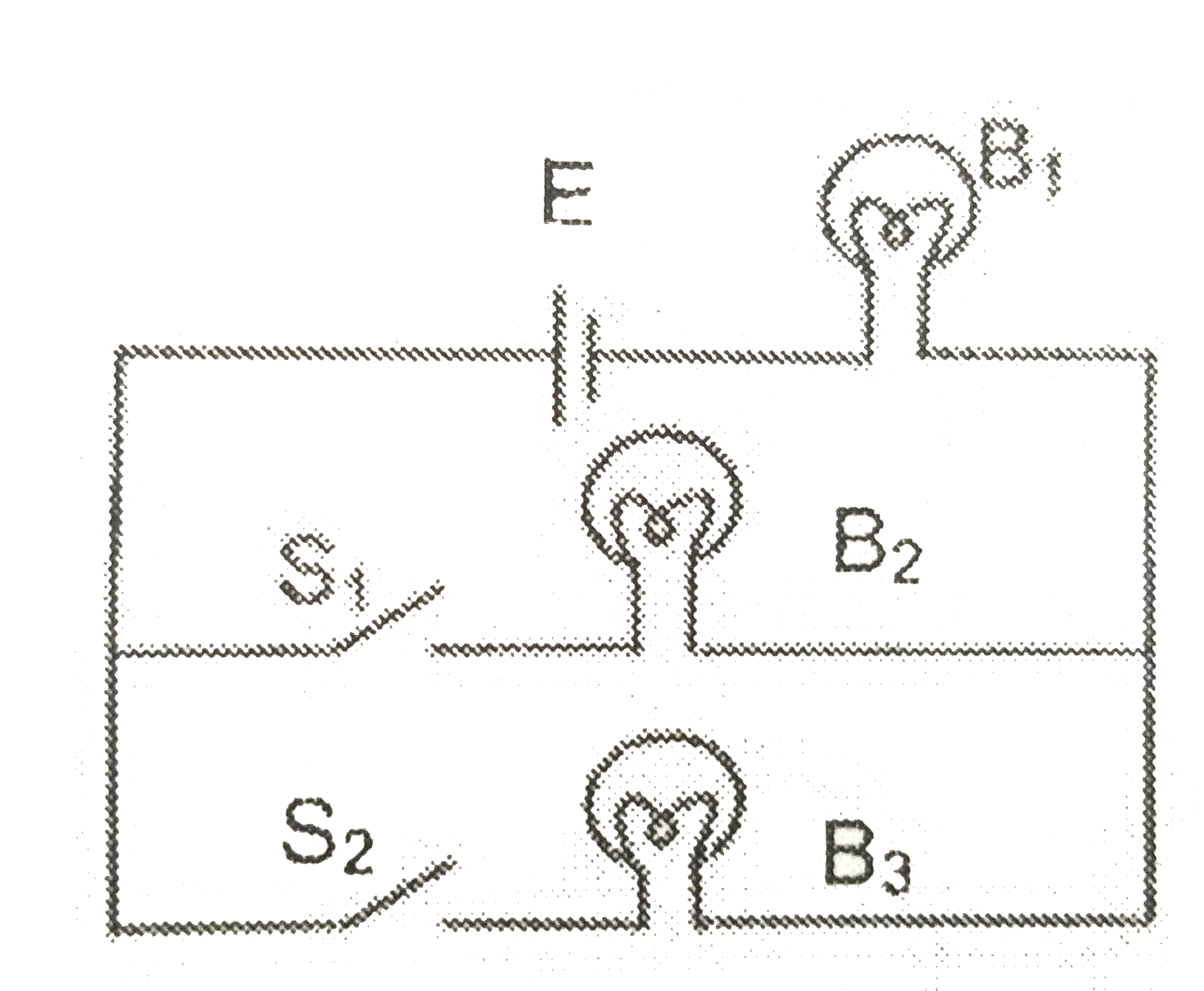If C1≡y=11+x2andC2≡y=x22 be two curve lying in XY plane. Then
area bounded by curve C1andy=0isπ
area bounded by C1andC2 isπ2−13
area bounded by C1andC2 is 1−π2
area bounded by curve C1 and x-axis is π2
The correct Answer is:A, B
Step by step video, text & image solution for If C_(1) equiv y = 1/(1+x^(2)) and C_(2) equiv y =x^(2) / 2 be two curve lying in XY plane. Then by Maths experts to help you in doubts & scoring excellent marks in Class 12 exams.
Topper's Solved these Questions
- BOOK - MOTIONCHAPTER - AREA UNDER THE CURVEEXERCISE - EXERCISE -334videos
AREA UNDER THE CURVE
- BOOK - MOTIONCHAPTER - AREA UNDER THE CURVEEXERCISE - EXERCISE - 4 LEVEL - I11videos
AREA UNDER THE CURVE
- BOOK - MOTIONCHAPTER - AREA UNDER THE CURVEEXERCISE - EXERCISE - 2 (LEVEL-I)25videos
AREA UNDER THE CURVE
- BOOK - MOTIONCHAPTER - BASIC MATHEMATIC & LOGARITHM EXERCISE - Exercise - 44videos
BASIC MATHEMATIC & LOGARITHM
Similar Questions
Knowledge Check
- Question 1 - Select One
Consider the curves C1=y−4x+x2=0 and C2=y−x2+x=0
The raio in which the line y = x divide the area of the region bounded by the curves C1=0 and C2=0 isA9332B9116C914D9316 - Question 2 - Select One
Let L:y = mx +c
C1:x2=4y
C2:y2=4ax,a≠0
be three curves in xy plane. If L is normal to C1 and tangent to C2 then the possible value of a2 can beA1B4C6D16 - Question 3 - Select One
Gourang made an electric circuit with three bulbs B1,B2 and B3 a cell and two switches S1 and S2 as shown in figure. He notes his observation when

(a) S1 is closed and S2 is open,
(b) S2 is closed and S1 is open.
He also found that a bulb whose failure made the circuit 'open' irrespective of the status of S1 and S2 . What are his observation.Aa>b>0Bb>a>0Ca>0,b<0 but |b|>aDa<0,b<0 but b<|a|
Consider the curve C1:x2−y2=1 and C2:y2=4x then ,The number of lines which are normal to C2 and tangent to C1 is
View SolutionConsider the curve C1:x2−y2=1 and C2:y2=4x then The point of intersection of directrix of the curve C2 with C1
View SolutionTwo curves C1≡[f(y)]2/3+[f(x)]1/3=0andC2≡[f(y)]2/3+[f(x)]2/3=12, satisfying the relation (x−y)f(x+y)−(x+y)f(x−y)=4xy(x2−y2)
The area bounded by the curve C2and|x|+|y|=√12 isView SolutionTwo curves C1≡[f(y)]2/3+[f(x)]1/3=0andC2≡[f(y)]2/3+[f(x)]2/3=12, satisfying the relation (x−y)f(x+y)−(x+y)f(x−y)=4xy(x2−y2)
The area bounded by C1andC2 isView SolutionTwo curves C1≡[f(y)]2/3+[f(x)]1/3=0andC2≡[f(y)]2/3+[f(x)]2/3=12, satisfying the relation (x−y)f(x+y)−(x+y)f(x−y)=4xy(x2−y2)
The area bounded by C1andx+y+2=0 isView Solution

